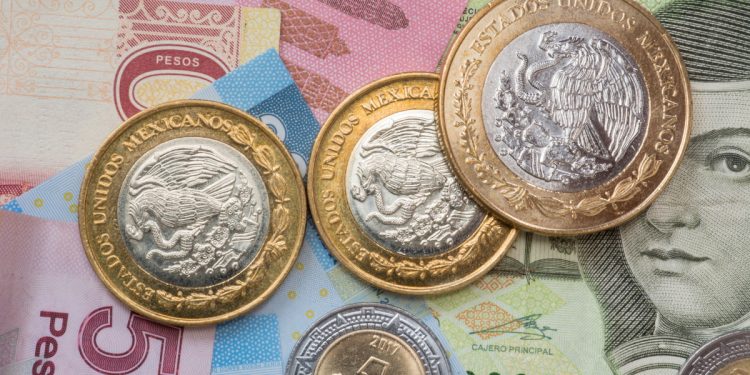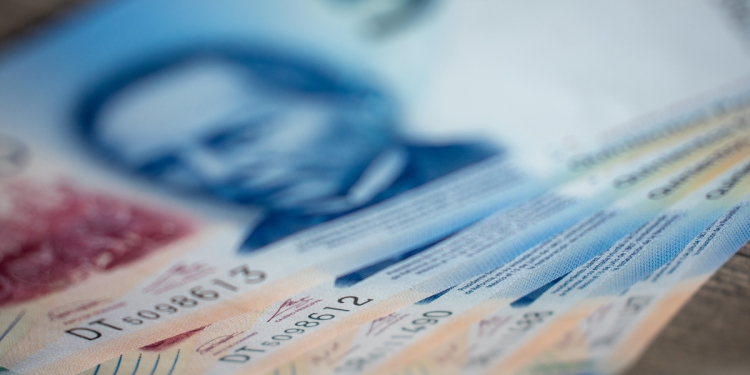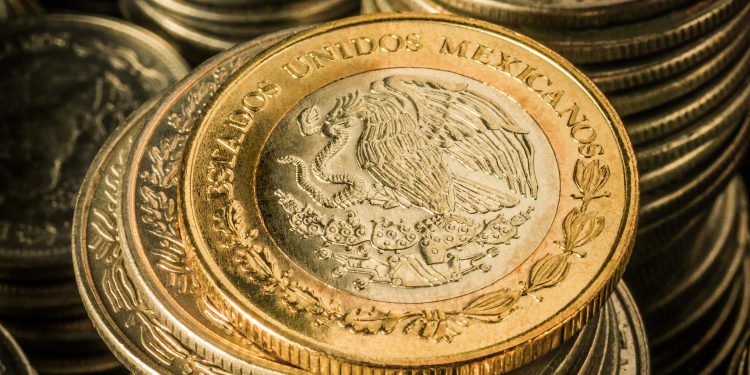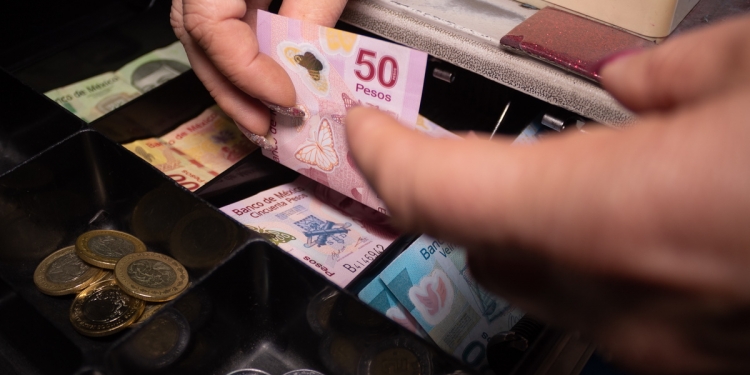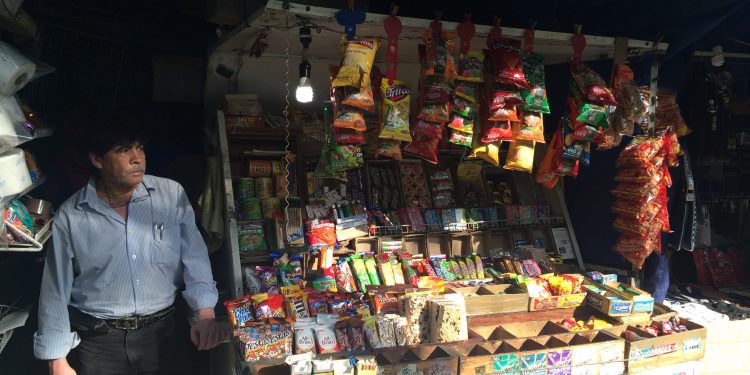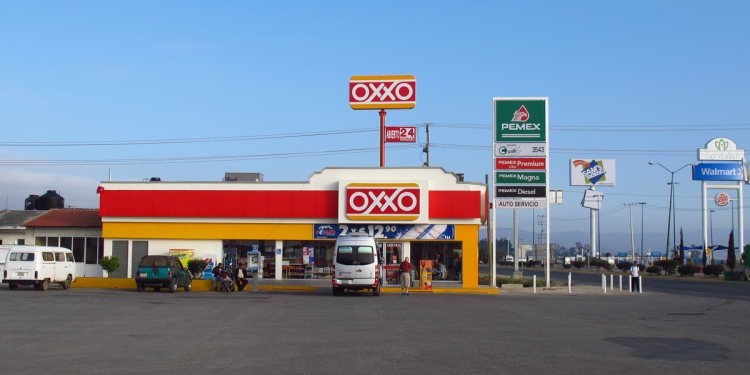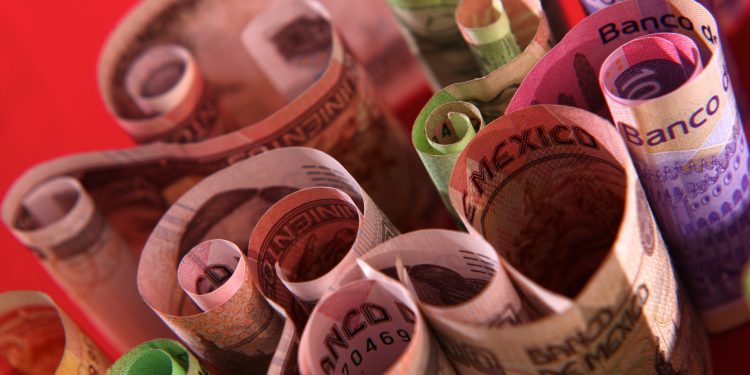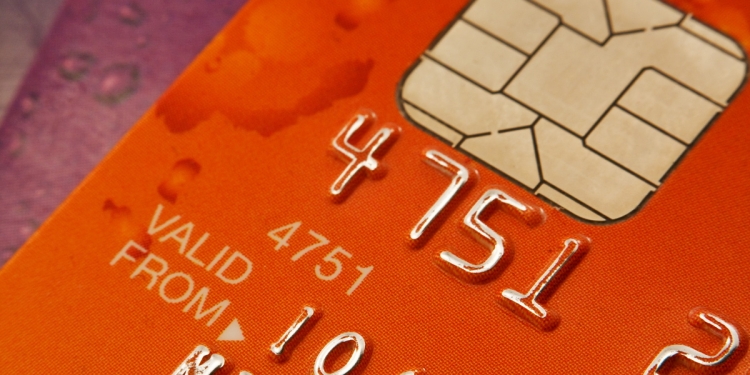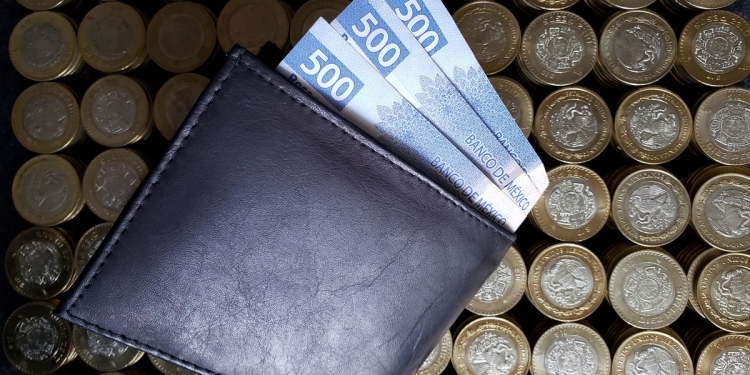Cashless forms of payment for retail purchases have overtaken paper and coins in the USA, Canada, and much of Europe. However, cash in notes and coins remains king in Mexico —even with the recent surge here in adoption of electronic banking services— whether you are buying food, goods, or services.
When you’re visiting Mexico, you’ll discover that use of credit and debit cards is widespread here —payments using smartphones remains quite limited— and although Mexicans are increasingly using plastic cards, consumers continue to make extensive use of cash.
At least half of Mexican households still don’t have a bank account and rely entirely on the country’s cash-based economy for their trades. Online banking is gradually being taken up, but there still remains a cultural preference for cash, underlined by a Bank of Mexico study revealing that a significant majority of Mexicans with debit cards use them simply to withdraw their wages in cash from ATMs. Cash thus remains a widely employed, and oftentimes preferred, form of payment in Mexico.
To underline the continuing importance of cash in the local economy, major online brands including Amazon, Apple, Google, and Uber offer cash-payment options to customers in Mexico in addition to payment by card, either by direct payment in cash at a bank (or cash payment to the driver if using Uber), or by means of prepaid cards which can be purchased using cash and spent online.
Whether you’re visiting or staying in Mexico longer-term, you’ll soon discover that in practice there is a constant and continuous need for cash as you go about your days, and you might also find that making change is a continual pastime.
CASH & CASHLESS payment situations in Mexico
Here are situations where cash and cashless payments are commonly accepted in trades in Mexico.
Taxi cab fares
Some taxi firms in Mexico City will open an account for you and accept payment using a debit or credit card, although with the advent of App-Cab services like Uber and Didi, fares are billed to your credit or debit card anyway. App Cab companies in Mexico also offer the option to pay drivers using cash. Independent street taxis in the capital and local cabs operating in smaller towns and villages across the country will only accept cash.
Buying fuel for your vehicle
Not too long ago, gasoline and diesel purchases were a cash-only trade in Mexico; however, with recent modernization and the opening-up of Mexico’s oil and gas markets, most gasoline stations now take card payments. (Non-Mexican bank cards might be problematic, we have mixed reports, but the situation appears to be improving.)
Even with card payment options available, substantial numbers of people still pay with cash to fill the tank in their automobiles. It’s wise to make sure you have some cash with you on a road trip across Mexico in case the service station you stop to refuel at doesn’t accept cards, or (more likely) their card payment system is off-line.
We also recommend that if you use plastic to pay for gasoline in Mexico, use a credit card instead of a debit card and don’t let the card out of your sight as gasoline stations are one of the places where ‘bank card skimmers’ are known to operate.
Tolled interstate highways
Since January 2019, payment booths on tolled highways across Mexico only accept cash or electronic toll-booth tags in the windscreen; debit and credit cards are no longer accepted. Drivers who often use tolled roads will buy an electronic “tag” to place in their windshield which can be prepaid using cash, or linked to a credit card.
Mexico City’s tolled elevated beltway
If you plan to use Mexico City’s elevated beltway road (know as the Segundo Piso), you’ll need to purchase a windshield tag to access this road system.
You can prepay a balance to your tag, or link the tag to your credit card so that each time you access the elevated beltway your card is charged. The windshield tag can be prepaid using cash at participating stores, but cash and credit cards are not accepted at any of the gateway access points.
Situations in Mexico where CASHLESS payments are readily accepted
Payment by debit and credit card is becoming increasingly common across Mexico, and even some smaller (and market) traders are using portable card-payment devices to accept trade from people who don’t have any cash to pay with.
Modern shopping places
All major supermarkets and department stores, shopping mall stores, car dealerships, furniture and electrical goods stores, as well as eating out at most restaurants in bigger towns and cities.
Transport companies
Airlines, bus companies, and local travel agencies accept electronic payment. If you have a Uber or Didi account in your home country, you can use those services here in Mexico: your fare will be calculated in Mexican pesos and converted/billed in your local currency and charged to the card you have linked to your App Cab account.
Smaller independent traders, and some market stalls
Some smaller independent traders, and even some market stall traders, especially those in tourist towns, are accepting card payments using smartphone apps which linked to their bank. Some of these smaller traders charge a modest premium (3-5%) to cover the bank charges they have to pay to accept card payment.
Local mobile phone plans
Mobile phone companies in Mexico will allow you to top-up your prepay phone balance using a credit or debit card—online, or directly using your phone. You can also top-up your mobile phone using cash at convenience stores.
Professional services
Almost all professional service providers —e.g., hospitals, clinics, doctors, dentists, and lawyers— will accept electronic payment by card, but check in smaller towns where some professionals might only accept cash. Those who don’t accept payment cards might accept an electronic bank transfer, instead.
Situations in Mexico where CASH is still required
There are still plenty of instances where you will need cash in Mexico, and these include:
Local stores, stalls, and markets
Most local independent (often family-run) convenience stores run on cash; some will accept payment by card with a minimum purchase amount and/or with the addition of a modest percentage to cover the payment card fees. Open-air markets; buying anything from ambulant vendors; shoe-shine stalls; street food; confectionery, newspapers or tobacco purveyed by street stalls; and buying anything in small shops and stalls in rural towns and villages will require the use of cash.
Independent street cabs
The majority of independent street cabs only accept cash. Some might have an app to take payment but card, but if they do, they will make surcharge to cover the bank fees.
Tipping for services
Cash is also essential for tipping in Mexico. You should always tip in cash and only in Mexican pesos—our guide to tipping explains why. If you visit Mexico on a tour package and spend your entire stay at a resort, then you may not have a call to use much cash (although take note above about tips); but most visitors discover that at least a few occasions arise where the use of physical cash is an absolute necessity.
Vacation souvenirs and trinkets
When touring, cash is essential to get around on local transport, and to buy local souvenirs or anything from street traders or stores ‘off the beaten track’. Some market traders are beginning to accept card payments using a smartphone app but most only accept cash, and those that accept cards prefer cash to avoid the fees the bank charges them to take an electronic payment. Some small traders make a surcharge (usually 3-5%) if you pay using a card, to cover their bank fees; alternatively, they may offer a discount if you pay using cash.
Archaeology sites and museums
Except for the country’s more popular archaeology sites and museums, payment for entry is only accepted in cash. INAH, the institute that manages the country’s archaeology centers and museums, has been rolling-out electronic payment options at the larger and most visited centers and museums and in due course all centers are likely to take electronic payment for entry; but for now, be sure to carry some cash with you in case the center you visit doesn’t take payment by debit or credit card. If you hire a local guide at the center, they will require payment in cash, even if the site or museum accepts payment by credit/debit card.
Home services and trades
Paying your domestic help (e.g. maid, gardener, pool maintenance) is mostly a cash business; some accept bank transfers, most don’t. Some home trades people —for example, plumbers, electricians, and carpenters— will accept cashless payments for larger jobs in the form of a money transfer to a local bank account, but the majority of routine or smaller jobs, especially ad-hoc work like fixing a leaking tap, are strictly on cash terms.
Learn about money and banknotes in Mexico
Mexperience offers you a wealth of information about Mexico’s money, banking services, and banknotes.
- Articles about Mexico’s banknotes
- Latest articles about Money and finance in Mexico
- Download our free eBook about Money and Banking Services in Mexico
- Download our free eBook about the Cost of Living in Mexico

